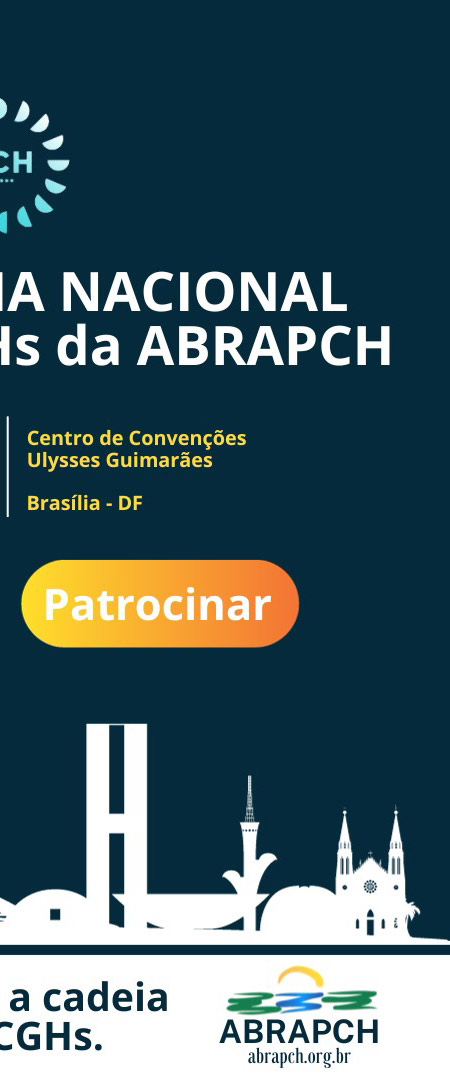Paulo Arbex declarou ao veículo internacional BNamericas que o segmento de pequenas hidrelétricas do Brasil tem potencial para crescer 30% nos próximos três anos, chegando a 8,13 GW.
O crescimento seria o equivalente a 1,88 GW de novas fábricas, investimento de mais de 15 bilhões de reais (US $ 2,73 bilhões) e criaria mais de 150 mil empregos, atendendo à demanda de cerca de 4,5 milhões de moradias.
Segundo Arbex, o crescimento das pequenas centrais hidrelétricas no país pode ajudar a reduzir a conta de luz e a emissão de gases de efeito estufa.
“A solução para a crise hídrica vai muito além da geração de eletricidade; coloca em risco nossa moderna agricultura irrigada, torna o abastecimento de água de nossas cidades inviáveis e a produção da nossa indústria mais cara ”, disse.
A crise está ligada à “demonização” das hidrelétricas e reservatórios, disse ele.
Leia a matéria na íntegra abaixo.
Brazil’s small hydros could attract US$2.7bn in investment, claims trade group
According to the industry association, the country has the potential to expand the segment’s installed capacity by 30% in three years
Brazil’s small hydroelectric power segment has the potential to grow 30% in the next three years, reaching 8.13GW, the head of industry association Abrapch, Paulo Arbex, told BNamericas.
The growth would be the equivalent to 1.88GW of new plants, investment of more than 15bn reais (US$2.73bn) and create over 150,000 jobs, meeting the demand of about 4.5mn homes.
A key contribution is expected to come from Eletrobras’ privatization, which foresees the mandatory contracting of about 2GW of small hydro plants in regulated auctions by the end of 2026.
However, the growth also depends on overcoming several obstacles, including relatively high taxation and environmental licensing hurdles, the reduction of subsidies for fossil fuels and remuneration for environmental services performed by small hydro units.
According to Arbex, the growth of small hydro plants in the country could help reduce power bills and the emission of greenhouse gases, which have skyrocketed amid a severe drought.
“The solution to the water crisis goes far beyond the generation of electricity; it puts our modern irrigated agriculture at risk, makes the water supply of our cities unviable and our industry’s production more expensive,” he said.
The crisis is linked to the “demonization” of hydroelectric plants and reservoirs, he said.
“From 2000 to 2021, energy consumption grew 80%, while reservoirs grew by only 30% and installed hydro capacity by only 39%. This created a reservoir deficit of 50% and a hydroelectric deficit of 39%,” Arbex said.
Despite the drought, in the first half of this year hydroelectric plants accounted for 72.6% of all the electricity consumed in Brazil, more than the 61% of installed capacity.
“The coverage of consumption much higher than the percentage in the matrix by hydroelectric plants has been occurring since 2005 and is a strong indication that reservoirs have been used far beyond their capacity for at least 15 years,” Arbex said.
11.11.2021






